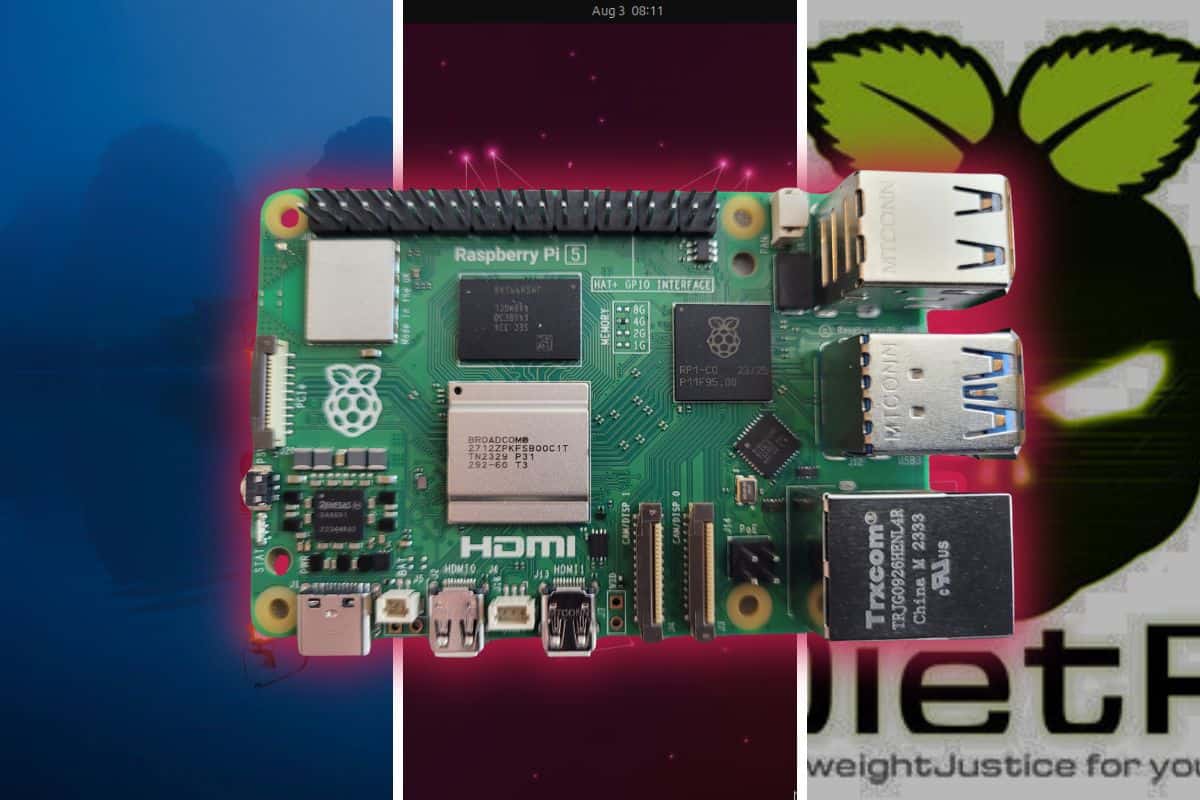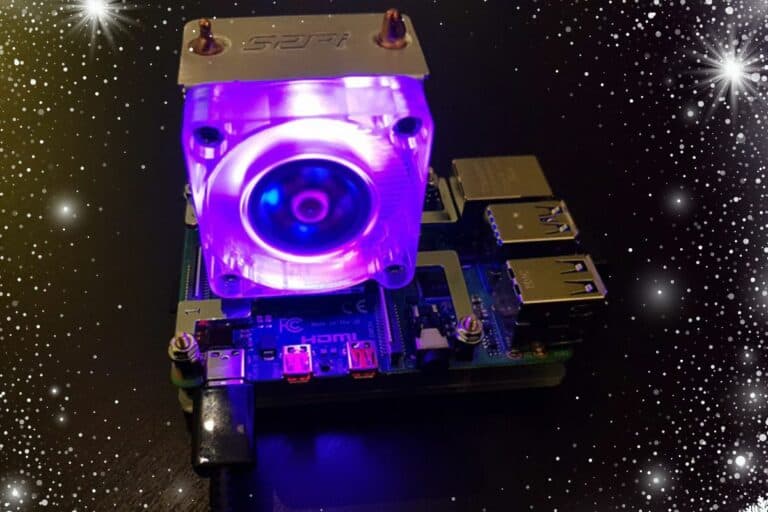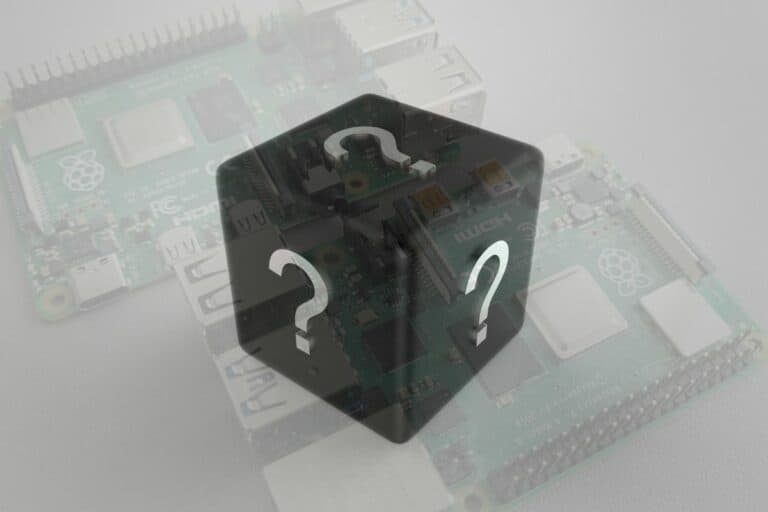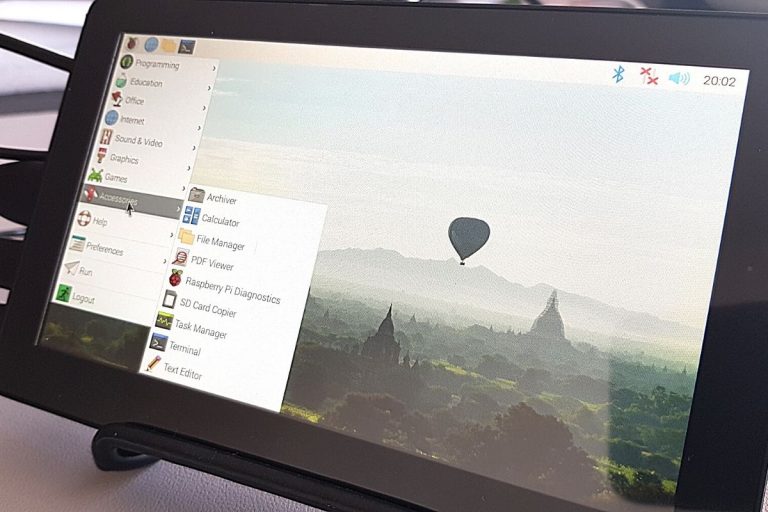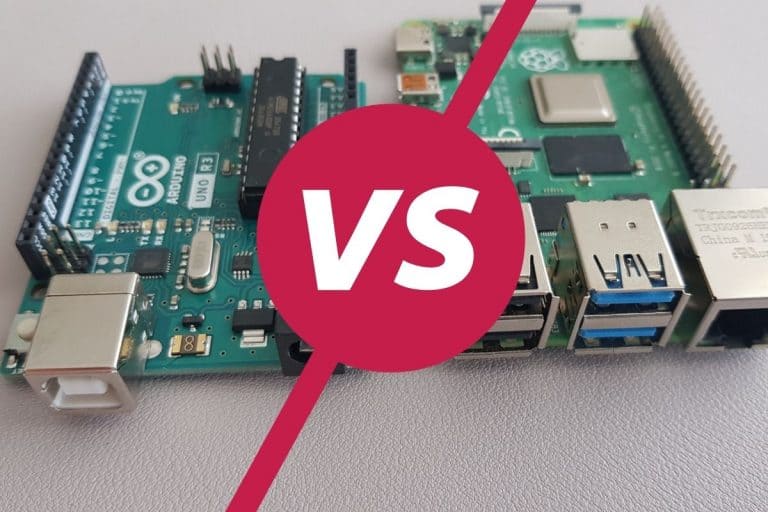Best Operating Systems for Raspberry Pi Beginners in 2024
Getting started with Raspberry Pi isn’t exactly intuitive if this is your first experience with Linux. The first challenge you’ll face is choosing the best operating system for your needs. Most distributions are available for Raspberry Pi, but not all are good for beginners. This article is here to help you choose.
The best choice for a beginner is to use the official distribution: Raspberry Pi OS. It’s built for the Raspberry Pi and has a large community using this device. It’s easier to find support and not so hard to understand for a beginner.
But that’s not the only option. That’s why I will suggest several options today, so you can pick the one that suits you the best.
If you need help getting started on Raspberry Pi, I have an entire course to guide you through your first steps. I’ll help you use the perfect hardware, plug everything in and install your first system. You’ll also do your first projects with me, just to make sure you are ready for the next level. Get all the information on this page if you are interested.
Raspberry Pi OS: compatibility and community
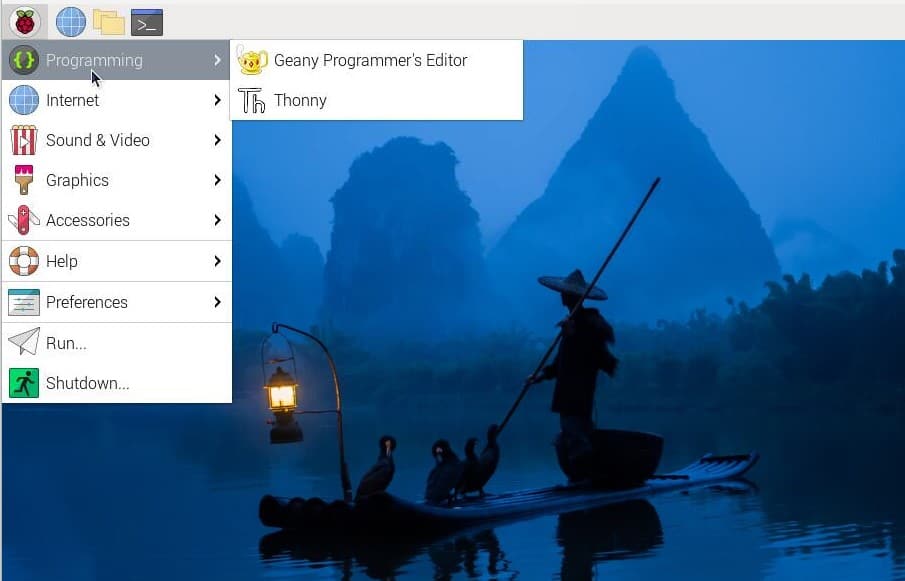
As mentioned in the introduction, Raspberry Pi OS is probably still the best choice to get started on Raspberry Pi. It’s developed by the Raspberry Pi team (the same that built this fantastic device), so you are sure everything is compatible.
The Raspberry Pi is not a device like any computer. It runs on a specific architecture (ARM) and has a lot of differences from a standard computer. So, when starting on it, you want everything to work as smoothly as possible.
For example, many distributions have issues with the Wi-Fi, it doesn’t handle the GPIO ports or camera very well, and you’ll probably need to install additional packages to set up and use everything.
However, Python is already installed on Raspberry Pi OS, and you have a configuration tool to easily enable or disable any service:
If you are lost in all these new words and abbreviations, request my free Raspberry Pi glossary here (PDF format)!
Download now
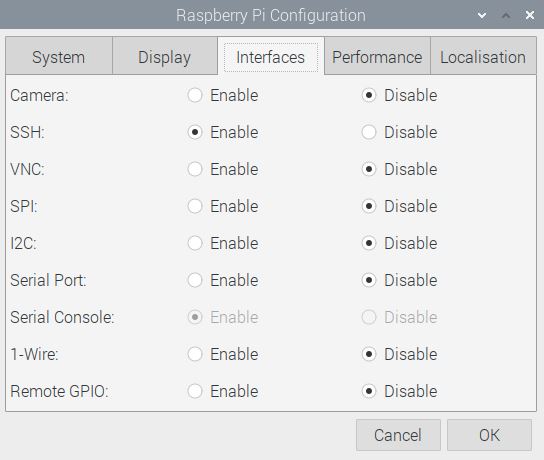
Also, Raspberry Pi OS is the default operating system on Raspberry Pi for most users. This implies that you can easily find help on forums and websites like RaspberryTips.
Most of my tutorials on this website are written for Raspberry Pi OS, the official forums have over 2 million posts and the Foundation’s blog has documentation and tutorials for the most common tasks.
In short, I recommend this distribution for a beginner because it will work directly and it’s easy to find support. It’s not the most beautiful OS (even if you can easily customize it) and still very different from your other experiences (on Windows and macOS), but it’s an excellent choice.
Join Our Community!
Connect, learn, and grow with other Raspberry Pi enthusiasts. Support RaspberryTips and enjoy an ad-free reading experience. Get exclusive monthly video tutorials and many other benefits.
Learn moreTo install it, you can download the images or the Raspberry Pi Imager tool on the official website. I have a step-by-step tutorial if you need help the first time you install it.
For casual gamers, it’s possible to install Retropie on top of Raspberry Pi OS, or even play mini-games without emulators (I picked 10 of them for you).
Alternative: You can also install Debian on your Raspberry Pi. It’s not the best choice for beginners, but it might be a better idea to explore if you’re used to it on a PC or server.
Ubuntu: modern & better looking
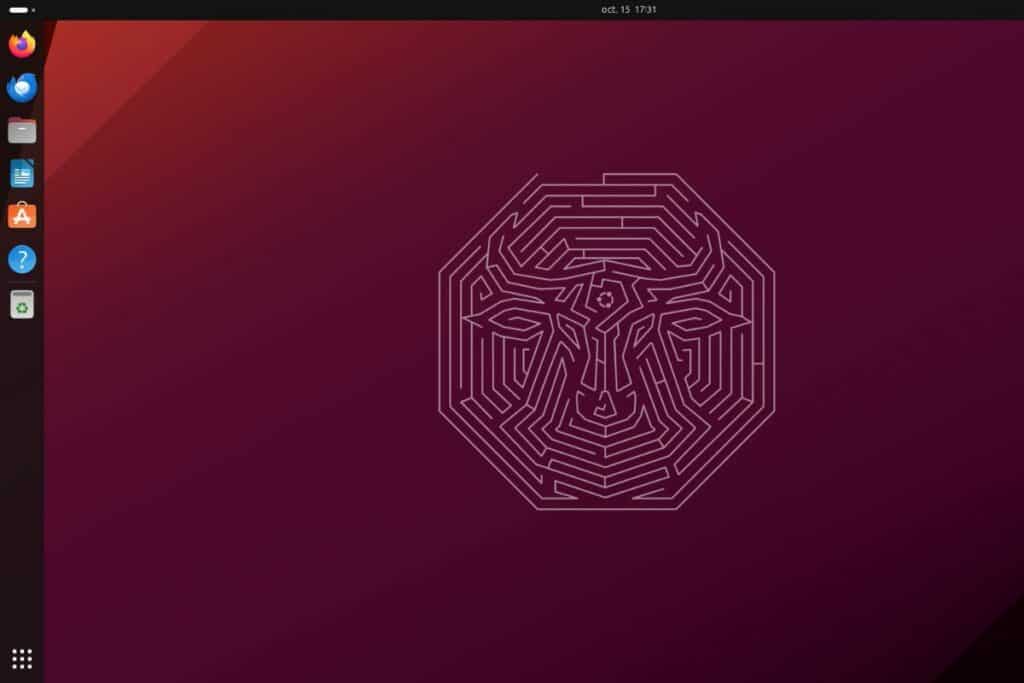
Whether you’re looking for something more modern, with a nicer interface, or want to use the same distribution on your computer and Raspberry Pi, Ubuntu is now a great choice for the latest Raspberry Pi models.
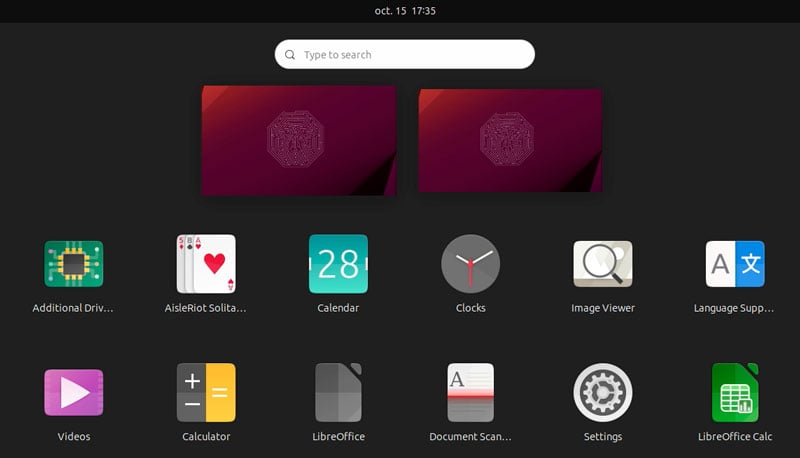
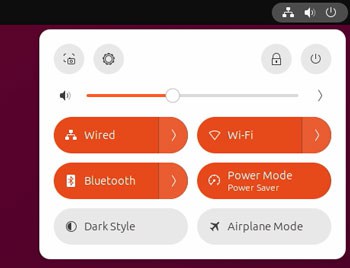
It was the first distribution available for the Raspberry Pi 5 release, so development for the Raspberry Pi is now a priority for developers. It works great on this model (this is the distribution I used in my Pi 5 review).

The usual differences between Debian and Ubuntu are the same between Raspberry Pi OS and Ubuntu. In addition to a better-looking interface, Ubuntu usually comes with more recent versions of all packages, and ease of use thanks to “new gen” tools like snap (which gives you access to a kind of app store to install new things).
If you are lost in all these new words and abbreviations, request my free Raspberry Pi glossary here (PDF format)!
Download now
If you want to try it, follow my Ubuntu installation tutorial here. It’s not complicated, it’s available in the Raspberry Pi Imager, so the installation steps are pretty much the same. Only the first boot process is different (more like installing a traditional PC).
And then, you’ll find many tutorials on RaspberryTips to help you use it:
- How to Install Raspberry Pi Imager on Ubuntu (Full Guide)
- How To Mount a USB Drive On Ubuntu Server (2 Ways)
- Choosing the Best GUI for Your Ubuntu Server
Alternatives: Ubuntu exists in different flavors. Some of them are available for the Raspberry Pi too, like Ubuntu MATE, Armbian or Linux Mint.
DietPi: Your first server made easy
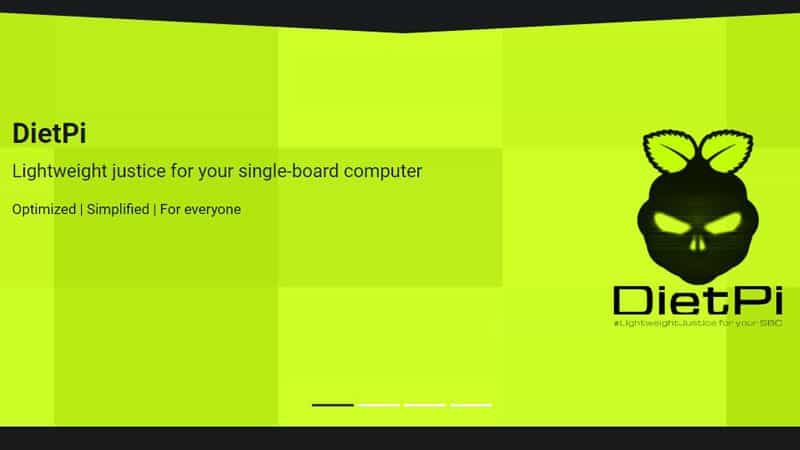
The first two options in this list are designed for standard desktop use. But that may not be your (only) goal. If you’re one step ahead and want to try building your home server on a Raspberry Pi, starting with RPI OS or Ubuntu can be daunting.
If you use the Lite or Server versions of the top distributions, you start with nothing installed, just a black screen staring at you, waiting for Linux commands. While you can always learn how to use them (or download my cheat sheet), I must present a better solution in this “beginner-friendly” list of distributions.
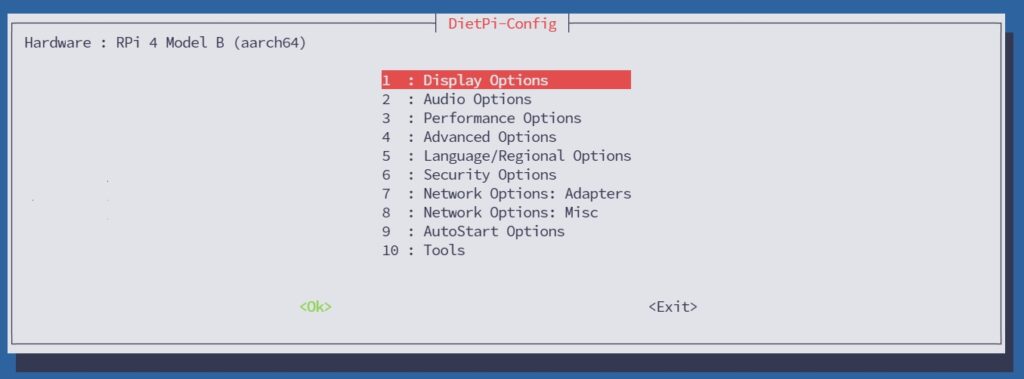
DietPi can be your lifesaver in this case. It’s based on a minimal Debian version and is very close to Raspberry Pi OS once installed (no compatibility issues, same tools, etc.). But it also has better tools for installing new applications and configuring your system.
For example, you’ll have access to a menu like the screenshot below, where you can easily select what you want to install on your system. Want to add VNC, NextCloud and Kodi? Well, you can do it with a few clicks, no command required.
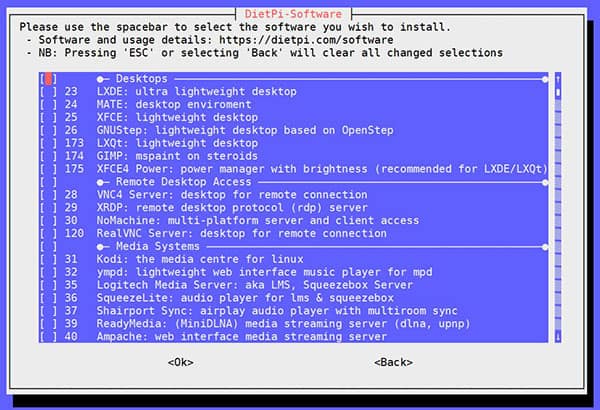
If you want to try it out, consider reading my step-by-step installation tutorial here. And I also have a video on the YouTube channel if you want to see it in action:
It's a free PDF guide containing every Raspberry Pi Linux command you should know!
Download now
Other options to consider
So, we have seen two great desktop OS for beginners and an alternative for a server. But maybe you still aren’t convinced. If you want to use your first Raspberry Pi for retro-gaming, do you need to install an entire desktop distribution? Absolutely not!
The power of the Raspberry Pi world is that there are so many choices available. Most of them are designed for desktop usage (Ubuntu, Fedora, Manjaro, etc.), and others have a minimal system for servers (DietPi, FreeBSD, etc.), but there are also many alternatives for specific usage:
- Retro-gaming: you don’t need a standard desktop environment to play old games on your Raspberry Pi. In this case, a distribution like Retropie would be the perfect choice. It includes all the emulators and can be used with a controller. You’ll need to upload your games and be ready to play. I’ve tested most of them on RaspberryTips: Retropie vs Batocera vs Recalbox vs Lakka.
- Media-center: watch movies on your TV. You need a specific interface with big buttons and a system that reads any media directly in full screen. In that case, LibreElec is the best choice you can find currently. It runs Kodi natively, which is the perfect app for a media-center.
- Media-player: if you are only interested in a music player, Volumio is a great system with everything you need pre-installed. You can even install Spotify on it.
So, whatever the case may be, don’t limit yourself to well-known distributions. There are many options available to fit your needs.
If you want more ideas, here’s a list of my favorite operating systems for Raspberry Pi. They are not necessarily for beginners, but you may find something for you.
It's a free PDF guide containing every Raspberry Pi Linux command you should know!
Download now
Want to chat with other Raspberry Pi enthusiasts? Join the community, share your current projects and ask for help directly in the forums.
My final recommendation
To summarize, you have seen many options available for your Raspberry Pi. I hope it helps you find the best choice depending on your projects.
If you are still unsure, I highly recommend starting on Raspberry Pi OS. It’s not complicated, and everything will work smoothly. Once installed you can dig deeper and learn new things, but the basics will work directly.
By the way, if you need help setting up your first Raspberry Pi OS system, I have a course on the topic. You can check it here.
The promise is to get you from the starting point, even if you don’t have a Raspberry Pi yet, and show you the step-by-step process to install and optimize your system. You’ll also do your first Raspberry Pi projects with me, so you’ll be ready to try anything on your own after watching the entire course.
Whenever you’re ready, here are other ways I can help you:
The RaspberryTips Community: If you want to hang out with me and other Raspberry Pi fans, you can join the community. I share exclusive tutorials and behind-the-scenes content there. Premium members can also visit the website without ads.
Master your Raspberry Pi in 30 days: If you are looking for the best tips to become an expert on Raspberry Pi, this book is for you. Learn useful Linux skills and practice multiple projects with step-by-step guides.
The Raspberry Pi Bootcamp: Understand everything about the Raspberry Pi, stop searching for help all the time, and finally enjoy completing your projects.
Master Python on Raspberry Pi: Create, understand, and improve any Python script for your Raspberry Pi. Learn the essentials step-by-step without losing time understanding useless concepts.
You can also find all my recommendations for tools and hardware on this page.

